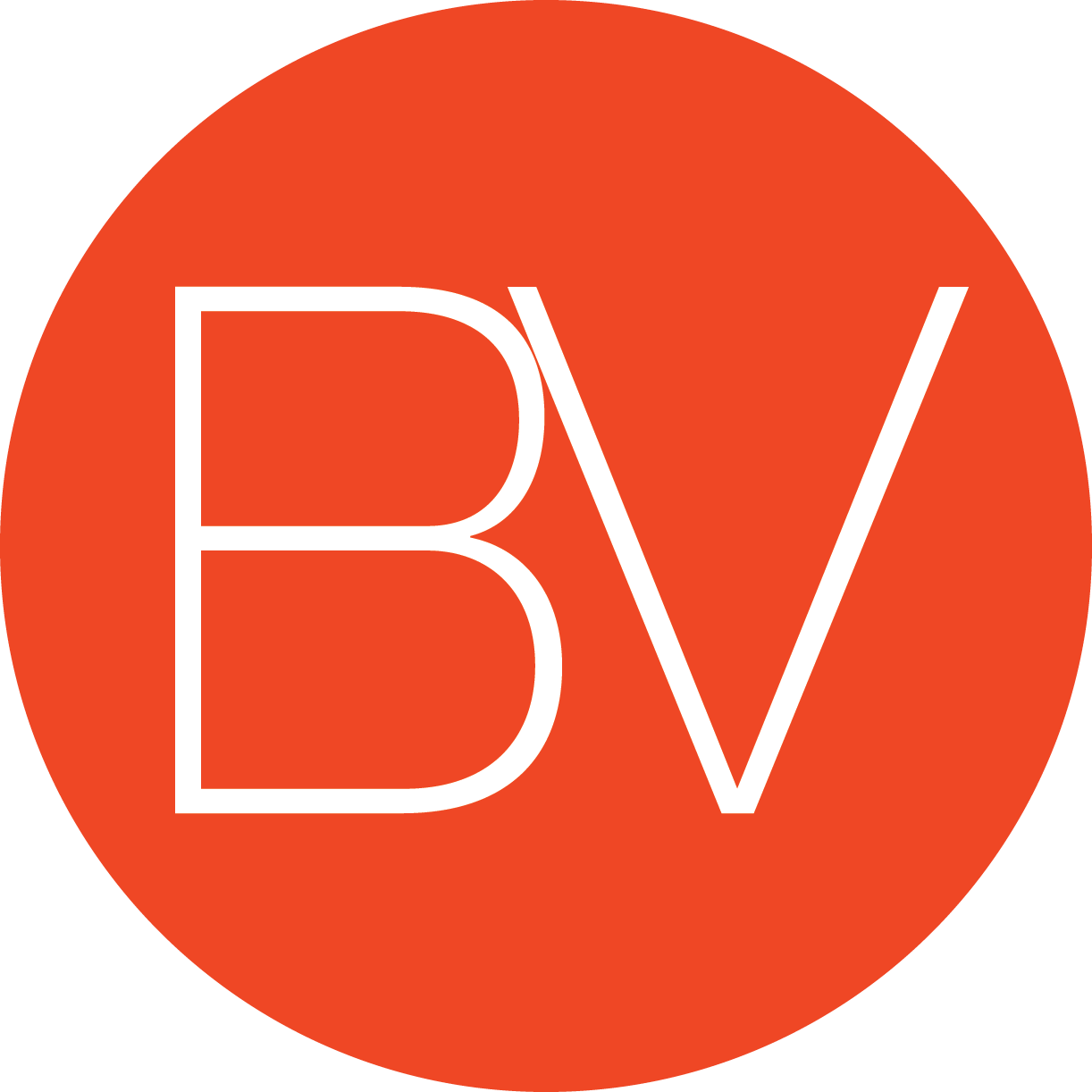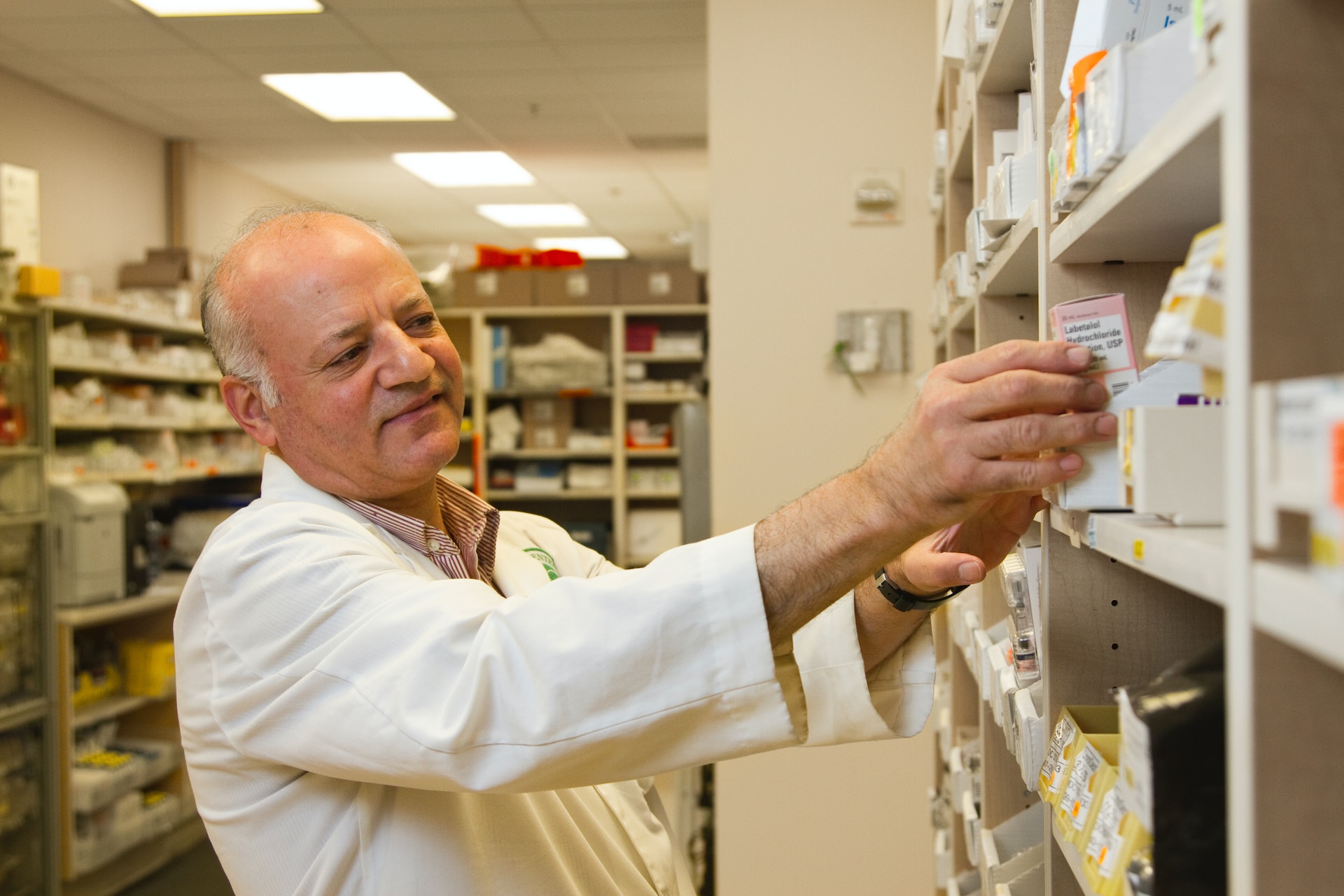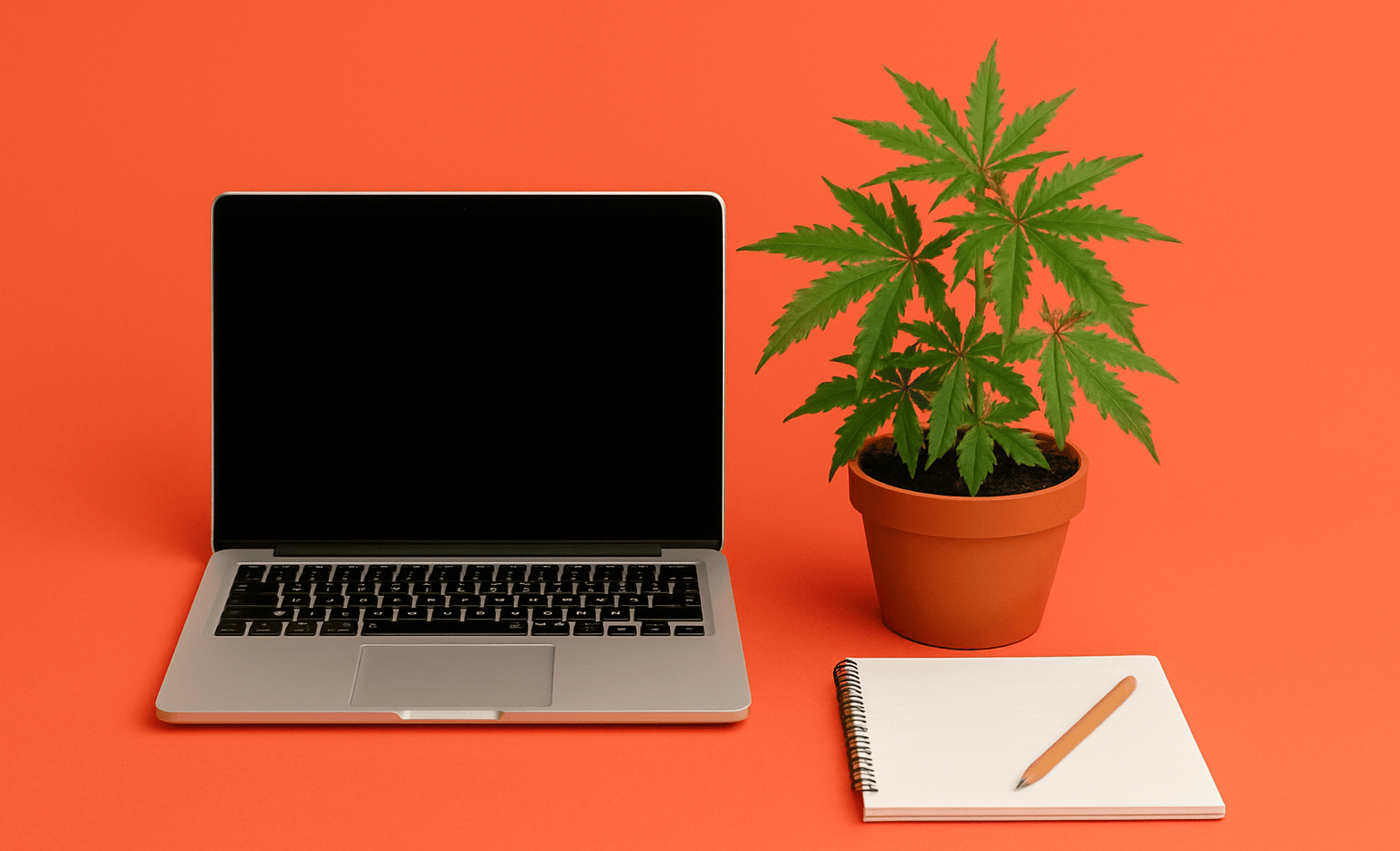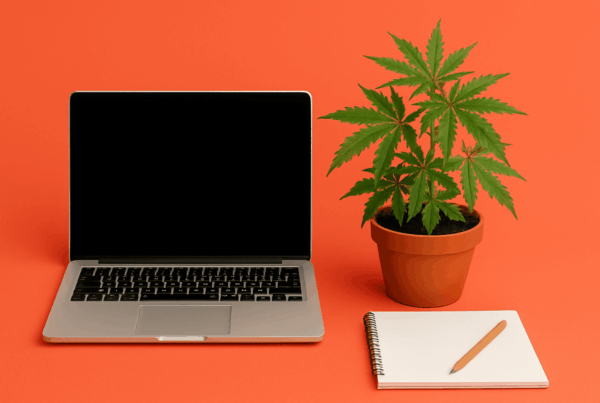In a recent survey conducted by Cannabis Public Policy Consulting (CPPC), the landscape of the Virginia medical cannabis market comes to life, shedding light on the consumption patterns, purchasing behaviors, and underlying market dynamics.
This comprehensive study delves into the intricate details of state’s medical cannabis industry, providing invaluable insights into the preferences and practices of Virginia medical cannabis patients.
Table of Contents
Consumption Trends Among Virginia Medical Cannabis Patients
Let’s begin with an analysis of the consumption trends for Virginia Medical cannabis patients. We’ll go over key insights regarding frequency of consumption, product and potency preferences, as well as reasons for consuming medical cannabis.
Frequency of Consumption
- 53% of Virginia medical cannabis patients reported daily or almost daily consumption, with an additional 30% consuming once or twice per week.
- This closely mirrors national trends, where 57% of medical patients in states with medical cannabis-only laws consume daily, and 23% consume once or twice per week.
Product-Specific Consumption
- Medical patients in Virginia consumed flower products on average 15 days in the past month, outpacing non-patient flower consumption by 3 days.
- Edible and vape products were consumed 9 days on average, compared to 4 days for non-patients.
- Concentrate products saw 8 days of consumption on average, exceeding non-patient consumption by 5 days.
Potency Preferences
- Certified medical patients reported consuming products with significantly higher THC and CBD potency compared to non-medical patients.
- On average, Virginia medical cannabis patients favored products with 52% THC potency and 45% CBD potency, compared to non-patients with 48% THC and 34% CBD potency.
Purposes for Cannabis Consumption in Virginia
- 37% of certified medical cannabis patients reported consuming exclusively for medical purposes, while a striking 92% mentioned that at least half of their cannabis consumption serves medical purposes.
- These findings align with legislative intentions, indicating that individuals obtaining medical cannabis products are doing so primarily for medical reasons.
The insights above provide a comprehensive view of how medical cannabis is utilized in Virginia, shedding light on the frequency, preferences, and intended purposes of consumption among certified patients.
Virginia Medical Cannabis Purchasing Behavior
The CPPC’s exploration of Virginia medical cannabis market delves into the intricate details of patient purchasing behavior, shedding light on their recent transactions at regulated dispensaries. We distilled the most important findings below.
Overview of Purchasing Behavior
Participants were prompted to recall their most recent transactions for different cannabis product types (flower, edibles, vape, concentrates).
- For flower products, patients reported purchasing an average of 4.2 grams at a cost of $82 during their most recent transaction within the past year.
- Vape products saw patients purchasing 2.9 grams on average, with an average transaction cost of $153.
- During the most recent transaction for edible products, patients reported purchasing an average of three units/packages, spending $104. Notably, 60% of patients purchased more than one type of edible product.
- For concentrate products, patients reported purchasing an average of 3.5 grams, with an average transaction cost of $193.
Median Spending on Virginia Medical Cannabis
- Medical patients in the survey spent a median of $255 on cannabis within the past month, significantly higher than non-medical patients who spent a median of $101.
- Comparing these figures to national data, medical patients in Virginia outspent their counterparts in other states with similar medical cannabis programs. Different Health Service Areas (HSAs) within Virginia also showed varying median spending.
Relationship Between Spending, Consumption, and Barriers
- Patients who spent more on cannabis within the past month reported consuming cannabis more frequently and were more likely to face barriers to access.
- Patients purchasing edible, vape, and concentrate cannabis products reported more barriers compared to those buying flower products.
- The most frequently reported barrier was expensive prices for cannabis.
Proxy Variables
The study included several “proxy variables” which is a variable used as a substitute for an unobservable or difficult-to-measure variable in statistical analysis. It serves as an indirect measurement or approximation of the underlying concept of interest.
For example, below are proxy variables that the CPPC used regarding Virginia medical cannabis purchasing behavior:
- Proxy Variable: Medical cannabis patients in Virginia spend more on cannabis than non-medical patients, surpassing national averages.
- Proxy Variable: Medical cannabis patients in Virginia report spending an average of $19 per gram of medical cannabis flower, higher than the national average.
Overall, these insights provide a comprehensive understanding of the purchasing behavior of medical cannabis patients in Virginia, from product-specific transactions to overall spending patterns and the correlation with consumption frequency and access barriers.
Patient Access to Virginia Medical Cannabis
Retail and Transportation
- A majority of medical patients (76.5%) rely on personal cars for dispensary visits, while 6% use alternative means like walking, rideshare, taxi, or public transportation.
- Travel times to dispensaries or other sources are generally short, with
- 21% reporting 21–30 minutes,
- 33% reporting 11–20 minutes, and
- 22% reporting 5–10 minutes.
- Importantly, no significant differences in travel times were found between Health Service Areas (HSAs), shedding light on the localized availability of cannabis.
Travel Beyond Borders
- A noteworthy 12% of medical patients traveled out of state in the past month to purchase cannabis, with popular destinations including:
- Washington, DC (16.1%),
- Colorado (16.1%),
- West Virginia (10.7%),
- California (10.7%), and
- New York (10.7%).
- Fairfax, Loudoun, Newport News, and Virginia Beach counties housed the highest number of respondents traveling out of state, indicating potential gaps in local access despite regulated dispensaries.
Insights from Travel Patterns
- Proxy Variable: The presence and volume of regulated dispensaries did not significantly impact travel times, suggesting potential room for expansion and competition with unregulated markets.
- Proxy Variable: Medical patients were significantly more likely to travel out of state for cannabis compared to non-medical patients, emphasizing the importance of regulated access despite challenges.
These findings offer valuable insights into the transportation methods, travel patterns, and potential gaps in access among Virginia medical cannabis patients, laying the foundation for a nuanced understanding of the challenges and opportunities in the current landscape.
Demand for Medical Cannabis in Virginia
In this section, our Richmond VA marketing agency discuss findings related to the amount of grams obtained and sources of medical cannabis in Virginia.
Grams Obtained and Sources
- Virginia medical cannabis patients acquired an average of 56.5 grams in the past month, with 9.7 grams from dispensaries, 6.4 grams gifted, 6.3 grams from friends/family, 5.4 grams from dealers, and 11.8 grams from an “other” category, likely Virginia’s gray market.
- Non-medical patients purchased an average of 27.6 grams, primarily from friends/family, gifted, dealers, and other sources, reflecting the prevalence of a thriving gray and unregulated market.
Gray Market Dynamics
- Medical patients reported purchasing 10% of their total grams from dealers and 11% from friends/family, indicating potential gray market activities.
- Proxy Variable: Only 23.6% of medical patient grams are sourced from regulated dispensaries, highlighting a significant diversification in the acquisition of cannabis.
Home Cultivation Impact
- Proxy Variable: Over half of medical patients (57.5%) reported obtaining cannabis from home cultivation, showcasing the significant uptake of Virginia’s new home cultivation law, particularly among medical cannabis patients.
Insights and Challenges
- The majority of grams are acquired from diverse sources, with only 10% exclusively from regulated dispensaries in Virginia, challenging expectations in a medical market.
- Gray market dynamics and diversified sourcing indicate the need for a nuanced regulatory approach, acknowledging the evolving landscape of cannabis acquisition.
- Potential challenges in distinguishing between legal and illicit delivery platforms highlight the complexities in understanding patient behaviors and preferences.
Links to Report, Laws, and Governing Website
As we conclude this journey through the data on Virginia’s medical cannabis market, it’s crucial to acknowledge the diligent work of Cannabis Public Policy Consulting (CPPC), whose unified goal is to inject much-needed data, innovation, and nuance into cannabis policymaking.
The findings above were summarized from a comprehensive report published by the CPPC titled “AN EXAMINATION OF THE VIRGINIA MEDICAL CANNABIS MARKET” published in November 2023.
Also, the study was sponsored by the Virginia Cannabis Control Authority, who is the governing agency of Virginia’s medical cannabis program. They oversee the regulated market including licensing of businesses.
The Cannabis Control Authority enlisted the services of CPPC to conduct a survey Virginia medical cannabis patients and perform an in-depth policy analysis.
Our cannabis digital marketing agency distilled the relevant marketing data from the survey and summarized them above for you.
Conclusion
In conclusion, the survey sheds light on the landscape of Virginia medical cannabis consumption, purchasing behavior, access, and demand.
The study unraveled key patterns among medical cannabis patients, emphasizing their diverse sourcing strategies and the significant role of the gray market.
As Virginia navigates its evolving cannabis landscape, these findings underscore the need for nuanced policy considerations, ensuring that regulations align with patient behaviors and market realities.







